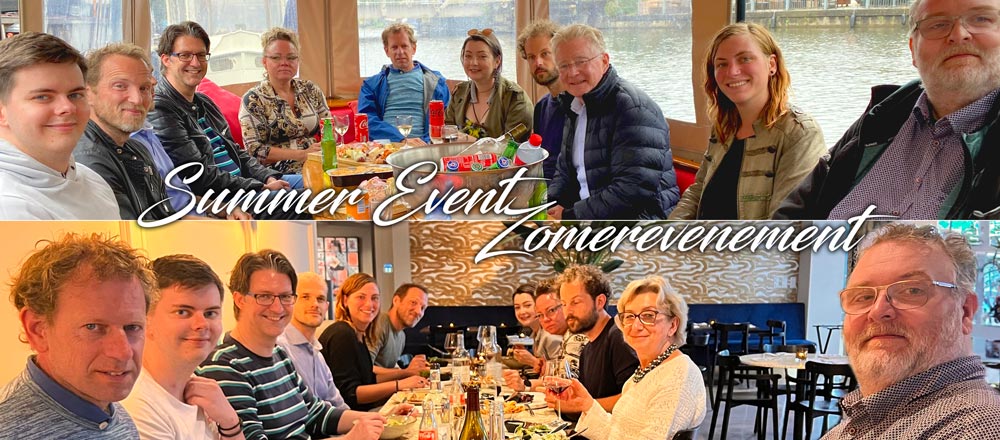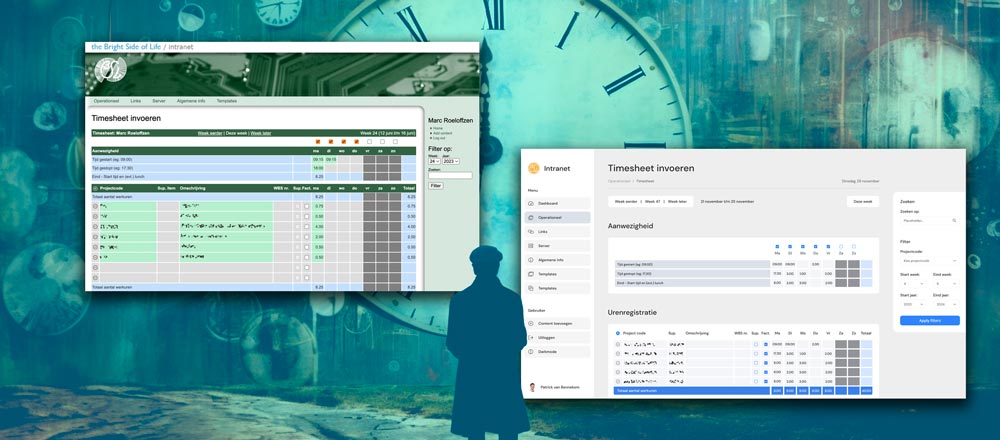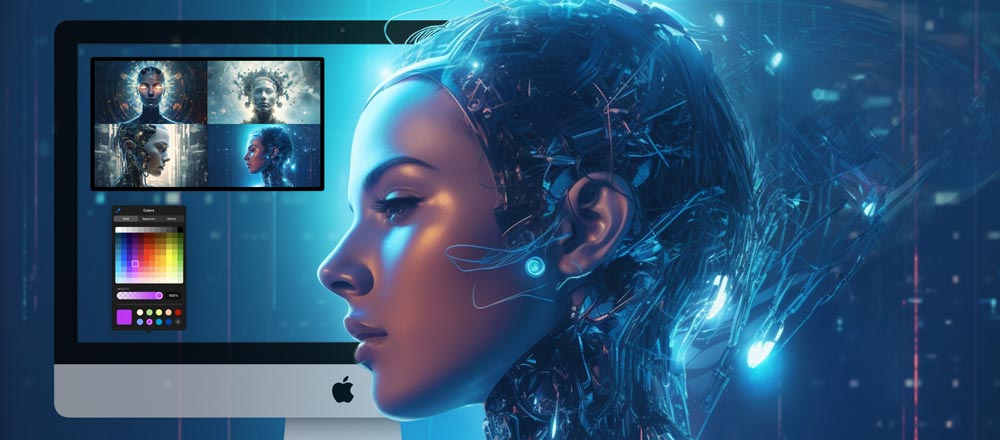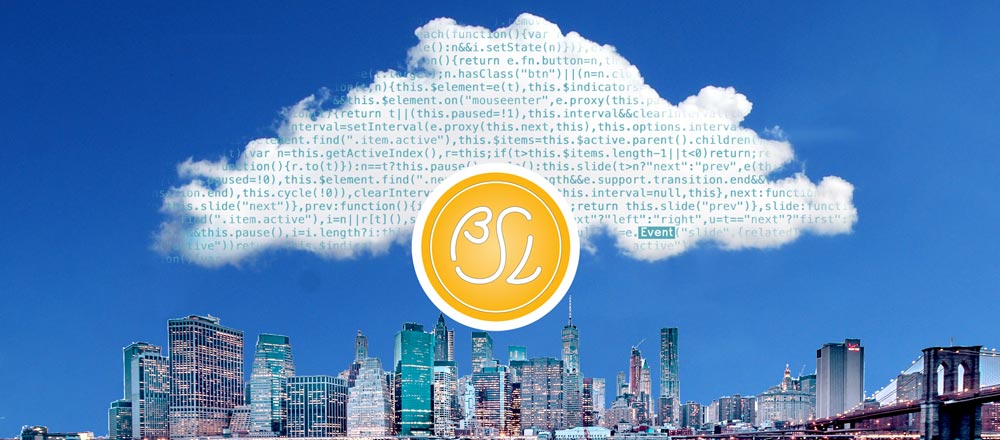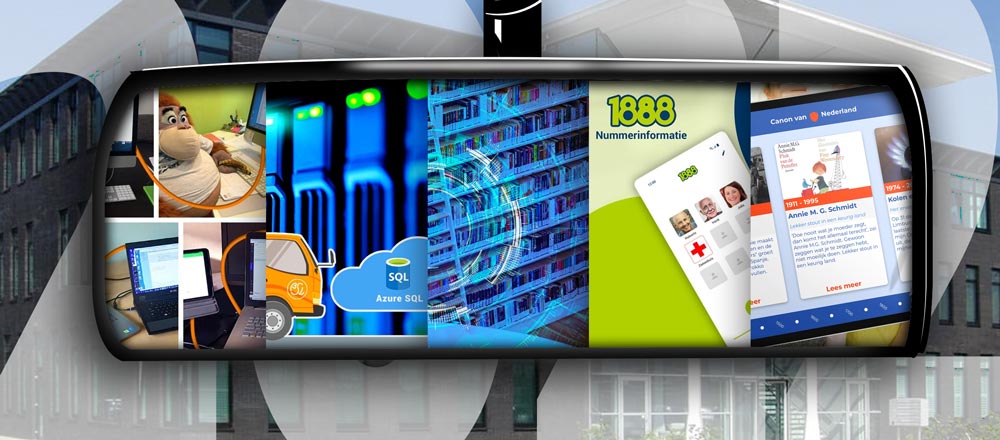Perhaps you have never heard of snoezelen, a Dutch term that describes controlled multisensory environments (MSE) that stimulate various senses within a custom environment – a so-called “Snoezel” room. MSE is a therapy for people with intellectual disabilities, and children with autism or who need rest and distraction. On behalf of the St. John the Baptist special education school in Kerkrade, we created a so-called “Snoezel” room for children with disabilities. We provided technical advice and developed custom software to manage the environment.
Snoezelen or controlled Multisensory Environment (MSE)
Controlled Multisensory Environments (MSE) offer therapy to people with autism and other developmental disabilities or brain injury. Snoezelen places a person in a soothing and stimulating environment, called a “Snoezelruimte”. These rooms or spaces deliver stimuli to various senses, using lighting effects, colour, sounds, textures, music, and scents. For example, the combination of different materials on a wall stimulates tactile senses, and the use of lighting, images, and movies stimulates visual senses.
Developed in the Netherlands in the 1970s, “Snoezel” rooms have been established worldwide. They are especially common in Germany, where more than 1200 exist.
SO/VSO St. John the Baptist
SO/VSO St. John the Baptist is a school for Special Education (SO) and Further Special Education (VSO) for Children with learning difficulties. Alongside regular pupils with learning difficulties, the school specialises in helping children with autism and other mental challenges. The school accepts pupils aged 4 to 20 years.
Multisensory Stimulation Rooms
We’ve designed software to manage multisensory stimulation rooms for SO/VSO St. John the Baptist. Designed together with our client, these rooms focus on three key senses: seeing, feeling and hearing. We achieve visual stimulation using sets of coloured lights, bubbles, stars, a black light and a large projection screen. A waterbed and other materials stimulate tactile senses, whilst videos and audio encourage visual and hearing responses.
Children choose a video from an interactive menu, ranging from cartoons to videos with light and sound effects. When playing the videos, the lighting can also change colour automatically to match the video.
Project Beleev
Our engineers developed software to support the interactive display of video menus and control lighting, switches, and a projector. As a result, we’ve made it easy for teachers and specialists to create their own custom set of content. Collectively, our software and hardware mean that the “Snoezel” rooms offer a dynamic and interactive space. The videos, lights, switches and video playback are all controlled in a simple and child-friendly way. The computer screen is complemented by a cube with large buttons that can also adjust the room’s colour.
Hue lighting and projector controls
We adopted Philips Hue protocols to manage the lighting and switches, making it easy to use almost any hardware that supports Hue commands and protocols. In addition, we’ve made it easy to integrate these devices into our software. Furthermore, besides displaying the videos on a computer display, we can also control a projector to show videos on a large screen.
After successfully delivering the first multisensory stimulation room at the beginning of 2022, a second room has been equipped, and a third is planned.
Get in touch
This is the first time we’ve worked on such a project, but our flexibility and experience helped us to quickly find a solution. Of course, you’re always welcome to contact the Bright Side of Life to discuss your own software needs, and we look forward to sparring with you. Whatever the size of your project and your budget, we’ll find a solution. So contact us, and we’ll schedule a meeting.










